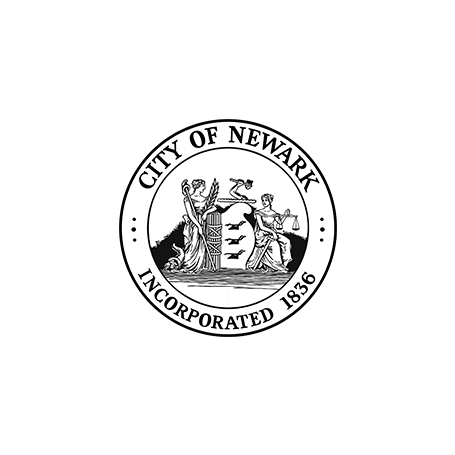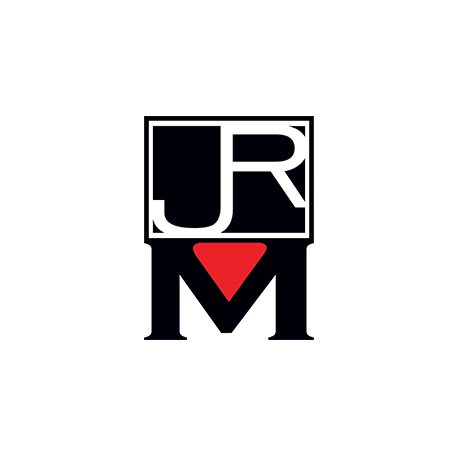Call us at +1 (917)-745-6877 for more info or click here
Did you know about 50% of those who die on construction job sites come from small companies with ten or fewer employees or among those who are self-employed? And a good number of these deaths are caused by a lack of appropriate safety measures and equipment like harnesses.
This statistic shows the importance of using personal protective equipment (PPE) when working on construction projects.
That’s why in this article, we’re going to introduce you to PPE and explore the factors fueling the innovation of PPE products to keep workers safe.
Personal protective equipment (PPE) refers to protective clothing and equipment that help keep people safe and secure on a construction site. This type of equipment helps to prevent or lessen the severity of injuries when accidents occur.
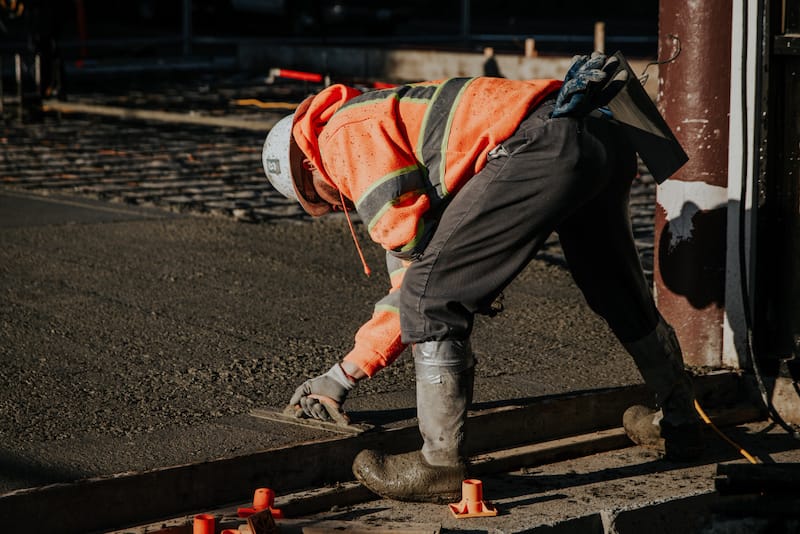
Examples of PPEs commonly found on construction sites include:
Construction sites have a high risk of injuries, infections, and fatalities.
Therefore, if you own a construction company or are a contractor, you must ensure all your employees are well-equipped with the necessary PPE to ensure their safety while on the job.
The United States is the largest market for PPE products worldwide, with 2021’s market estimates at $23.6 billion.
Data from Grand View Research shows this was a decrease from 2020’s PPE market estimates which stood at $24.4 billion. The shrinking of the PPE market in the United States is also expected to continue in 2022.
However, as activities in the construction and manufacturing industries pick up, PPE will expand at a compounded annual growth rate (CAGR) of about 6.7% from 2022 to 2030.
Due to the COVID-19 pandemic, the healthcare industry dominated the PPE market in 2020 and 2021. But as things start to return to normal and activities in the construction industry resume, you should expect an increase in PPE sales. In addition, we can expect a return of the construction industry’s dominance in the PPE market.
Another thing to note is that in the product segment of the PPE market, hand protection, especially gloves, dominates the market.
In 2021, the revenue share of hand protection products stood at 32.3%. This product segment was followed closely by respiratory protection (largely influenced by the wide-scale use of facemasks).
Following that was protective clothing, footwear, head protection, fall protection, hearing protection, and face protection.
On the global market, the United States and Canada contributed 31% of the revenue share collected in 2021. China, India, Australia, Japan, and New Zealand were identified as the fastest-growing markets of personal protective equipment.
The history of PPE in the construction sector can trace its roots to about 50-80 years ago. During this time, the construction industry started paying close attention to the safety of workers.
Since then, we’ve seen the quality of PPE products continue to improve and evolve due to continuous innovations. Below, we’ll explore the main factors driving this innovation.
Today, contractors and construction companies follow a set of health and safety standards found in the legal framework commonly referred to as the Occupational Safety and Health Administration (OSHA).
Originally, the OSHA Act became law in 1970. It mandated employers to provide their employees with safe working conditions – including PPE.
Encouraged by the OSHA regulations, stakeholders in the construction sector started working towards employee safety. As a result, the industry started adopting new technologies in employee equipment and construction tools that greatly improved worker safety.
Even today, the influence of the OSHA Act in promoting innovation in PPE products is ongoing. PPE suppliers are actively working to develop new products that’ll better ensure the safety of construction workers.
In today’s world, customer feedback is crucial, especially for manufacturers of products meant to save and protect lives. That’s why PPE manufacturers have to live in the details.
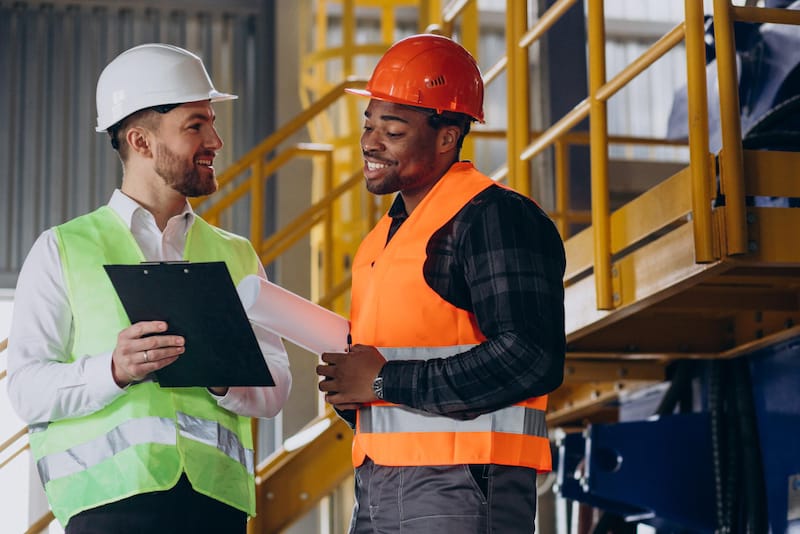
Customer feedback allows the research and development teams to gain in-depth knowledge and understanding of construction site hazards. This enables them to design better-performing PPE.
Feedback also allows PPE users to become product co-designers indirectly. PPE manufacturers use this approach to produce quality solutions and products that go beyond user expectations.
As a result, it ensures the PPE products hitting the market include safety products designed with materials and features you and your employees wish to see and use.
At the heart of recent innovation in construction PPE is technology. Integrating new technologies in PPE products is the most effective way of providing workers with the best and safest working conditions.
Currently, wearable technology is becoming an important tool in the construction industry. It helps improve safety by monitoring construction workers’ vital signs (like heart rate and body temperature) and providing alerts of potential hazards.
This construction gear comes equipped with sensors that sense, monitor, and alert you on problems like gas leaks, excessive heat, sound pollution, monitor chemicals, and so on. As a result, construction teams can address issues quickly.
An excellent example of wearable technology that’s shaping the future of PPEs is exoskeletons. Exoskeletons are wearable machines that enable construction workers to evenly distribute their weight and provide lift support, thus reducing your employees’ risk of long-term injuries.
PPE manufacturers have a huge impact on the lives of construction workers when they develop products that make a real difference.
By this, we don’t mean developing solutions that only provide safety. We’re talking about products that improve the user’s quality of life.
For example, most fall protection equipment comes with safety harnesses to ensure you don’t fall down. However, they also have other features like the cushion bag seat belt that keep you comfortable when using fall protection equipment.
Developing PPE products that work better is important because it ensures healthy competition among PPE manufacturers. Thus, it increases the industry’s innovation rate and helps to meet the demand for effective safety measures.
The importance of ensuring the safety of the construction workers on your construction project can’t be understated. And with the innovations and advancements in PPE, construction teams are able to take safety to the next level.
SkillSignal is also here to help improve safety measures and safety requirements for all your construction activities.
With our app, you can create safety and compliance rules that everyone on your construction site can access and follow. It simplifies safety training and management on job sites to ensure your workers stay safe.
Reference List:
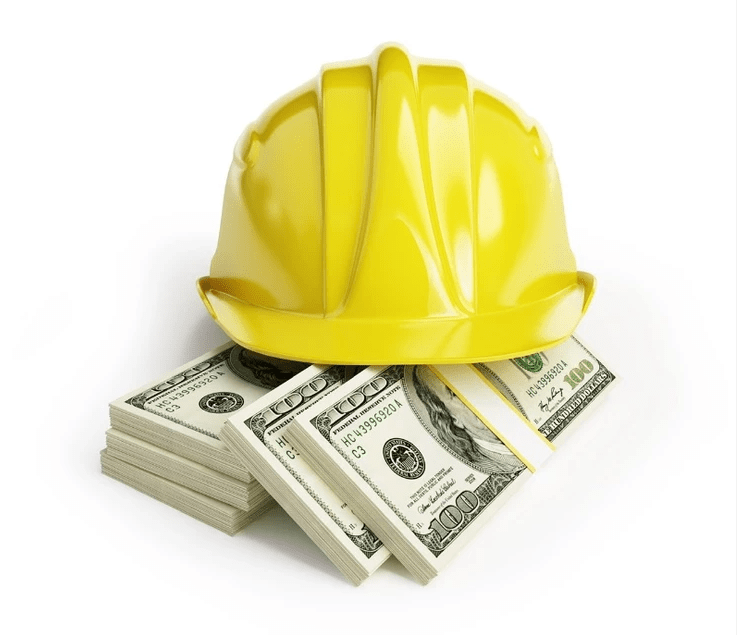
Construction is one of the main contributors to the United States economy. Over 680,000 people work as employers, while over 7 million work as employees.…

Health and safety in the construction industry are not to be taken lightly. This seems like a given due to the high-risk nature of the…

Construction’s mental health crisis is very real. There are many factors that contribute to mental health issues, however construction workers don't have it easy to…
Selected as #1 by top ENR General Contractors. Loved by thousands of Trade Contractors across the US.
